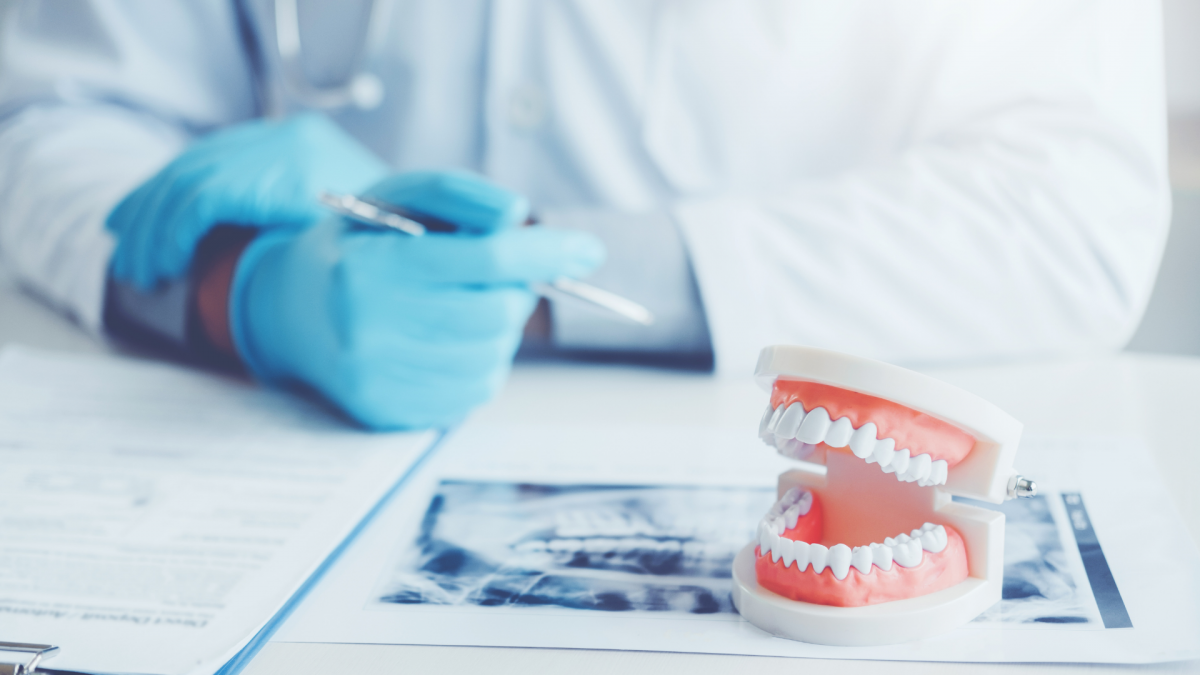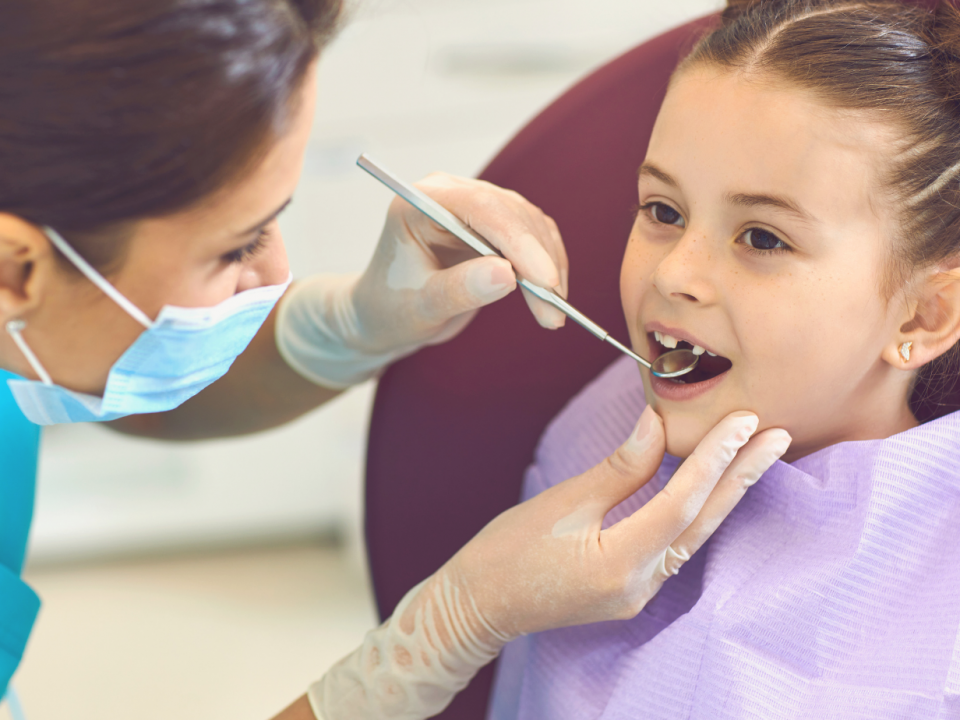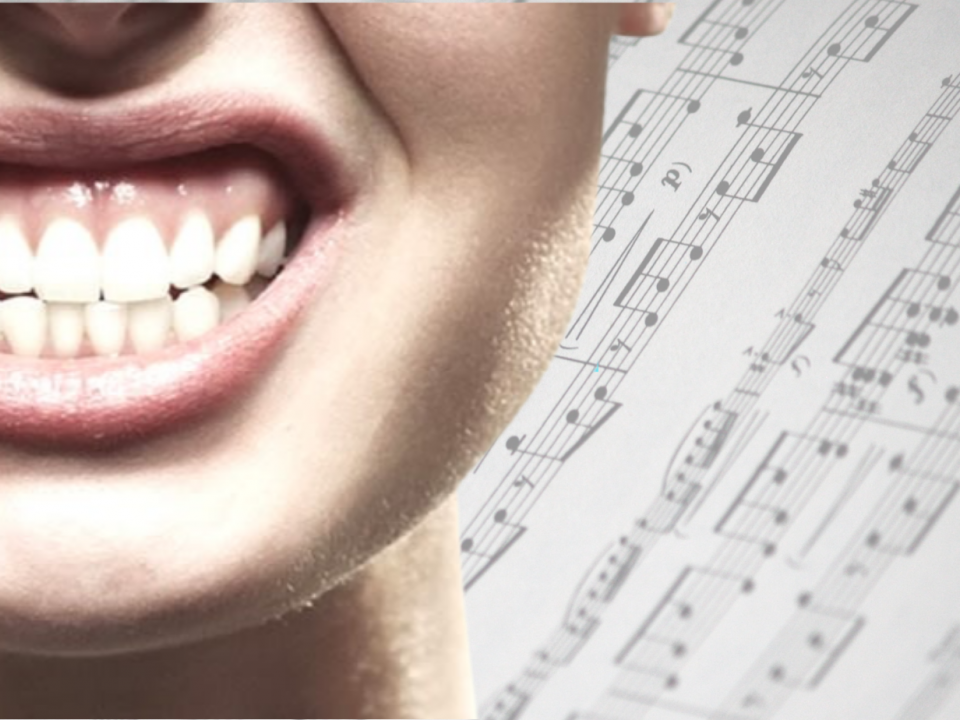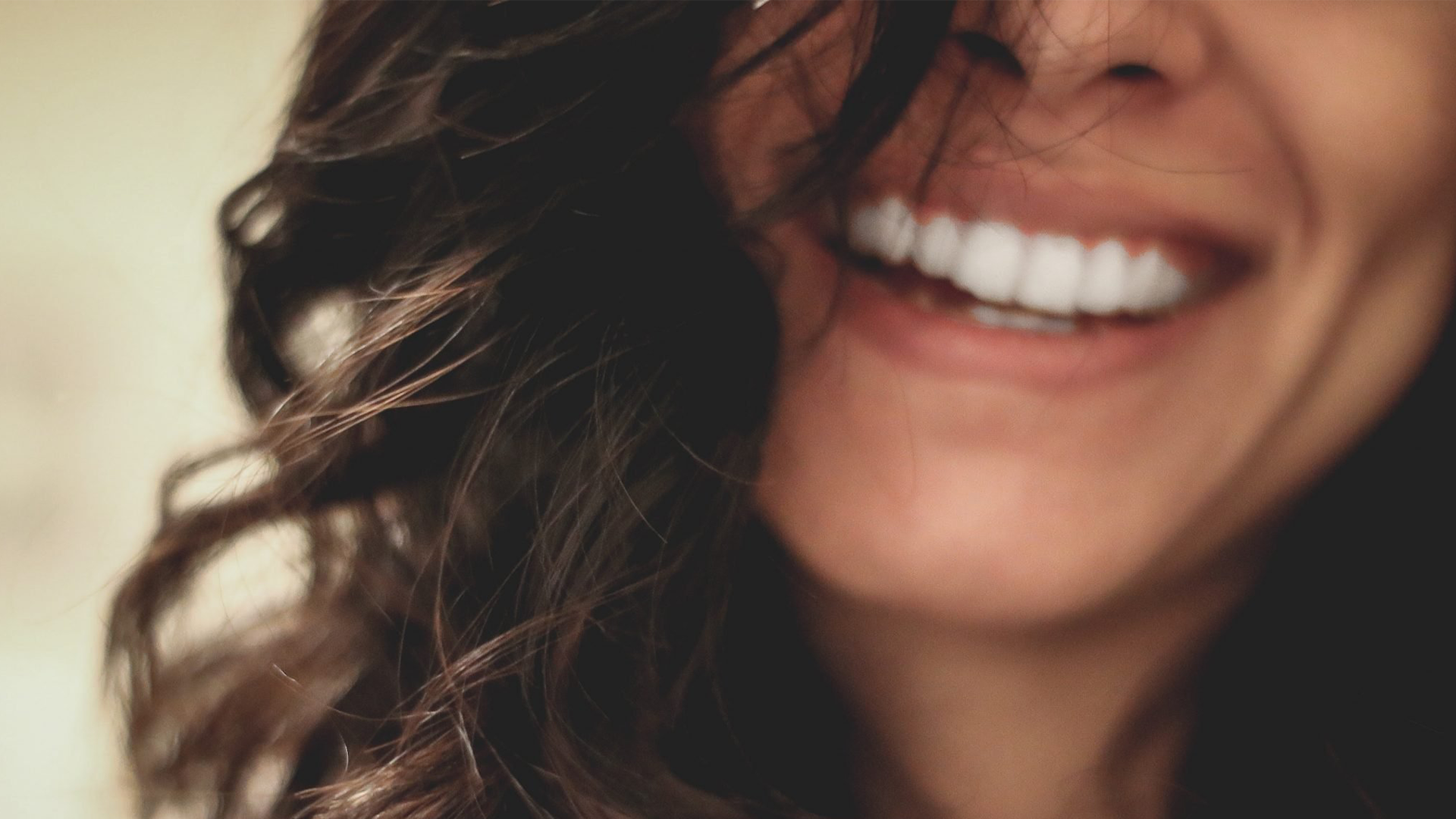
Proper dental occlusion ensures a satisfied patient
30 May 2020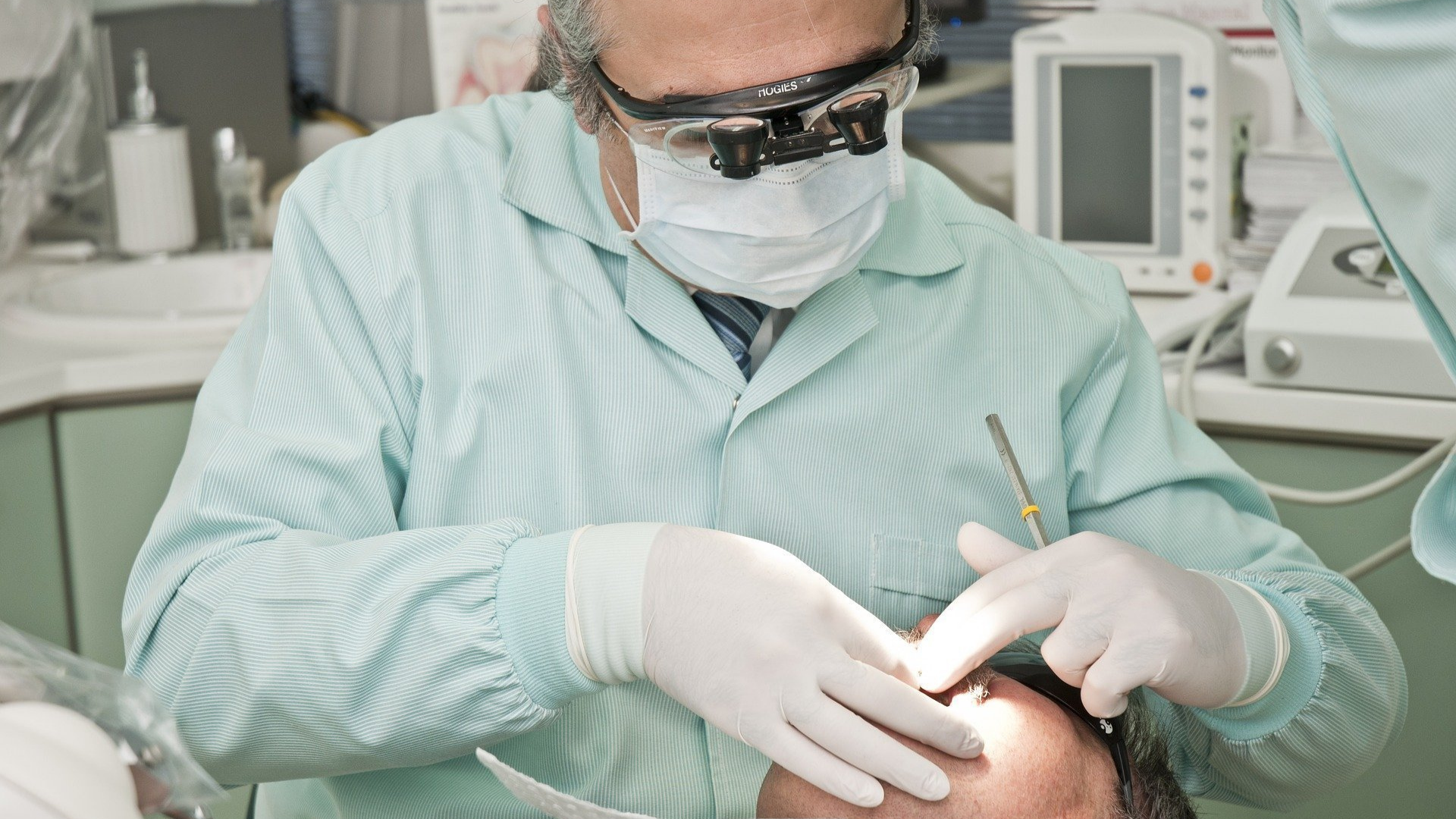
Surface electromyography of masticatory and neck muscles in patient with temporomandibular disorders and headache
27 October 2020The goal of prosthetic rehabilitation, whether total or partial, is to give the patient a morphology and a function that adapts to his particular situation. It is in fact of utmost importance that the insertion of a prosthesis does not create situations of discomfort for the patient, such as the appearance of joint clicks, difficulties in chewing or discomfort in the closure.
Even a correctly designed and comfortable prosthesis for the patient can, however, be unsuccessful, in cases where muscular work has not been taken into account and how this can be influenced by the new occlusal situation. In fact, an excessive load situation can be harmful for all types of prostheses: for example, it can cause peri-implant bone loss in the case of prostheses fixed on implants, also subject to wear and to potential fracture of the veneering.
These last cases can also be found in bridges, where in addition there may be a fracture of the welds or metal connectors, and in the crowns, up to the detachment of the elements in the mobile prostheses. Teethan can avoid all this: an assessment of the neuromuscular balance and its monitoring over time can identify and correct situations of excessive muscular work, expressed in the IMP (impact) index and also linked to the patient’s vertical dimension.
In this way, the clinician can have a complete and above all objective overview of the occlusal situation and act accordingly: with Teethan a long-term success of prosthetic rehabilitation can be assured!
Even a correctly designed and comfortable prosthesis for the patient can, however, be unsuccessful, in cases where muscular work has not been taken into account and how this can be influenced by the new occlusal situation. In fact, an excessive load situation can be harmful for all types of prostheses: for example, it can cause peri-implant bone loss in the case of prostheses fixed on implants, also subject to wear and to potential fracture of the veneering.
These last cases can also be found in bridges, where in addition there may be a fracture of the welds or metal connectors, and in the crowns, up to the detachment of the elements in the mobile prostheses. Teethan can avoid all this: an assessment of the neuromuscular balance and its monitoring over time can identify and correct situations of excessive muscular work, expressed in the IMP (impact) index and also linked to the patient’s vertical dimension.
In this way, the clinician can have a complete and above all objective overview of the occlusal situation and act accordingly: with Teethan a long-term success of prosthetic rehabilitation can be assured!

